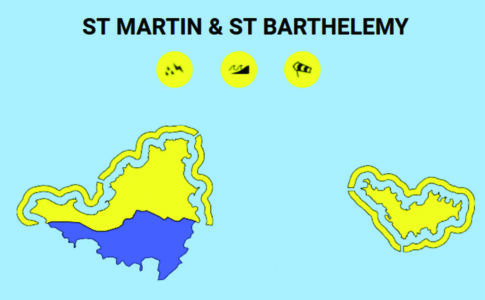For years, boats, some in very deteriorated condition, have been abandoned in territorial waters. They are commonly called wrecks. But are they in the eyes of the law? When is a boat considered abandoned? Response elements.
• When does a ship constitute a danger ?
The danger is generated by the state of abandonment of the ship, which can have consequences for the safety of people and goods, the safety of navigation, the protection of the surrounding natural environment.
The transport code distinguishes three degrees of danger: its severity, its intensity and its immediacy. Depending on the degree of danger, the measures to be taken are not the same. For example, if the abandoned vessel represents a serious, intense and imminent danger, the competent administrative authority of the State may intervene ex officio without having to give notice to the owner.
• Who should notify the owner?
Whether for a wreck or an abandoned vessel within the meaning of the regulations, the port authorities must give notice to the owner. They must send him a letter, or paste the document on the boat if it is impossible to reach the owner.
• Who is the port authority in Saint-Martin?
The maritime public domain comprising the area of 50 geometric steps, the seashores, the soil and subsoil of inland waters (harbors and lagoon) as well as the soil and subsoil of territorial waters, is managed by the COM; in these areas it is therefore the competent port authority.
Except in the areas classified as a Nature Reserve which are managed by the Conservatoire du littoral. As a reminder, the Conservatoire had a sailboat stranded on the East Coast removed from its expense in an area it manages.
Note that the coastal national forest is also the property of the Conservatoire and not that of the COM.
Also, the land area of Grand Ilet in the lagoon of Simpson bay is managed by the coastal conservatory.
• Who manages the removal of abandoned wrecks and boats?
To put an end to the state of abandonment, a formal notice must be sent. If the owner does not respond, the port authority can remove the vessel. But to do this, the forfeiture of property must be pronounced by the State; the forfeiture process is carried out by the State.
Today, all the files have not yet been processed.
Finally, the legal entity that initiated the forfeiture of property can resell the wrecks if they have a value, and thus finance part of the cost of removal. If they have no value, the legal person - in this case the COM in Saint-Martin - must bear the entire cost of the operation.
10,212 total views






No comments